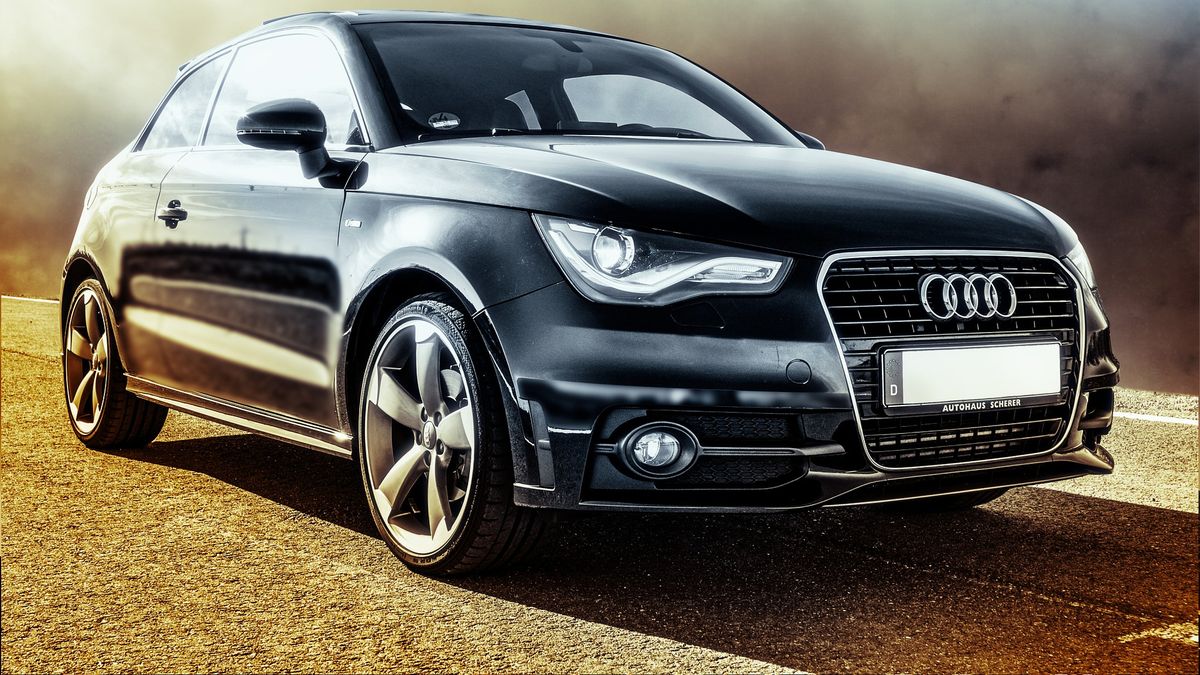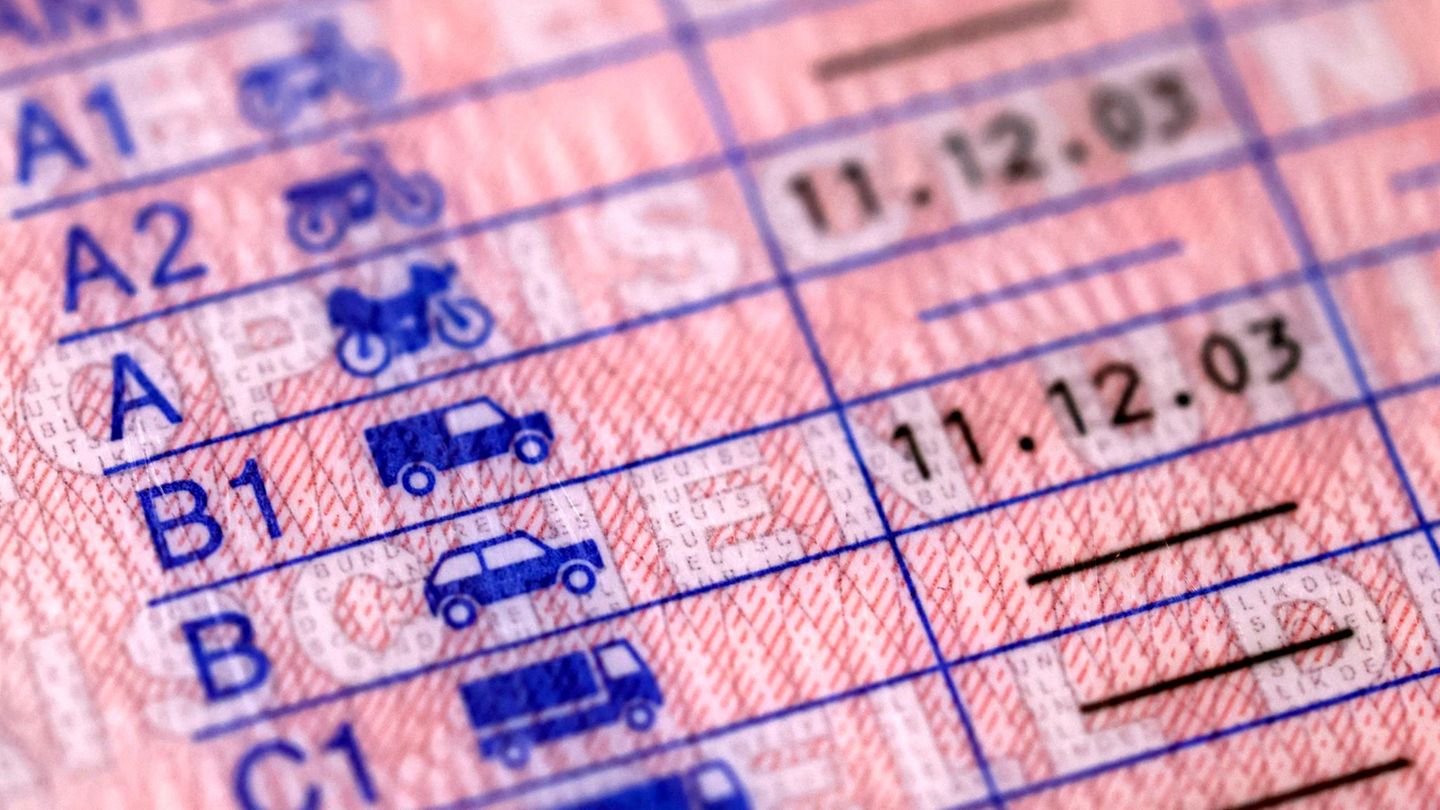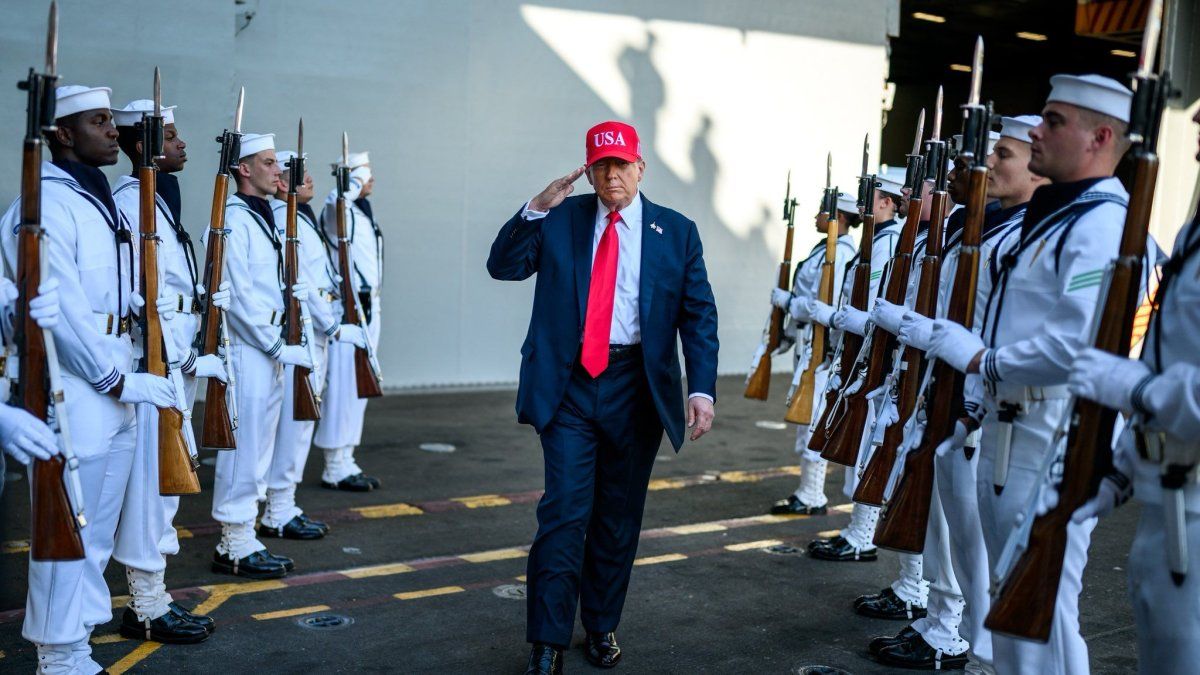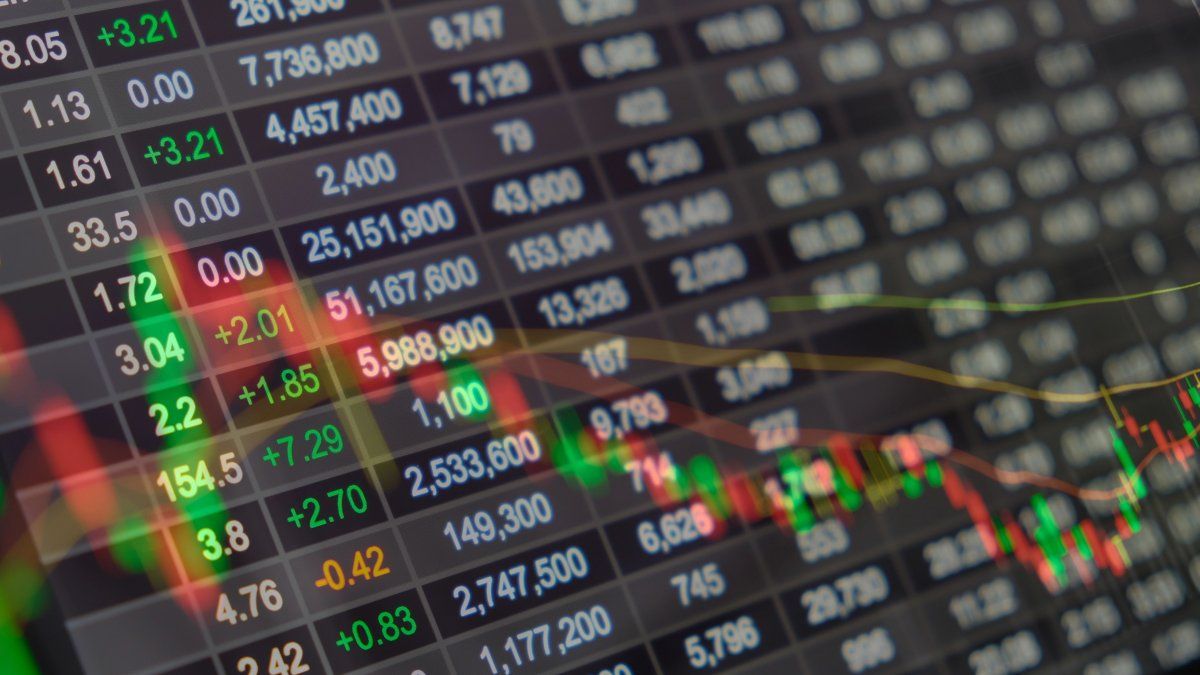The number arises from an adjustment of 13.877%, corresponding to the increase in wholesale prices of vehicles in the quarter of January, February and March. To this taxable value, leaving the factory or distributor, must be added the payment of 21% VAT plus the commission margin of the commercial network of 15%.
Due to the different ways of calculating the tax and the possibility that this margin may be waived, there is no single price to the public, but the reference value is around $4,300,000. Until the end of May, the models that must pay the first scale are those that are located above $3,770,000.
Due to the method of calculation of Internos, a rate of 20% is equivalent to a price increase of around 25%, which means that the models that are affected are left out of the market. That is why the brands tend to keep the 0 km that are around that price just below that limit to avoid paying the tax surcharge. Taking into account the lack of supply in the market, these models are no longer sold or are marketed at overpriced prices.
Once the new base is updated, the models that are “bumped” close to the tax base will have an increase to the public in accordance with the variation of the wholesale index, that is, almost 14%.
If the current price of the blue dollar is taken, the 0 km of more than 21,000 dollars “ticket” will have to pay taxes. Today it affects around 18,500 “physical”. We have to wait until the end of the month to find out how much the parallel exchange will quote.
This tax affects imported models, but also several national ones and is designed to tax luxury goods, but the vehicles that will be affected belong to a medium segment. Keep in mind that the cheapest 0 km on the market are close to $3,000,000. In the case of the second scale, with a rate of 35%, the tax base goes from $4,889,740 to $5,568,289. Also, due to the way this tax is calculated, the prices of the models reached, with this additional 35%, cause a 50% increase in the retail price. In this case, the price of the cars that are reached is $8,000,000 on the first billing. That is, those made by importers or terminals to the concessionaire.
Due to the lack of vehicles, the price to the public that is paid is the one that arises from the negotiation between the parties and can be much higher due to surcharges.
This tax has been applied for years with different levels of intensity. It began to have relevance in the Government of Cristina Fernández de Kirchner, it was raised to a record level since 2014, it only dimmed -despite the fact that it had been announced to eliminate it- during the presidency of Mauricio Macri and once again had a greater impact since the arrival by Albert Fernandez. In fact, the method of calculation was modified (previously it was for general inflation, as established by the Cambiemos government) to move to a wholesale index. In any case, there are questions to this index, since the prices of the 0 km are increasing at a higher rate. If you take some of the best-selling models as an example, the increase in 12 months was more than 70%, based on list prices.
It is also true that, due to the shortage of 0 km, the values of the official lists are not supported by the dealers and customers must pay premiums to access a unit that, in addition, must wait months to receive it.
Source: Ambito
David William is a talented author who has made a name for himself in the world of writing. He is a professional author who writes on a wide range of topics, from general interest to opinion news. David is currently working as a writer at 24 hours worlds where he brings his unique perspective and in-depth research to his articles, making them both informative and engaging.




